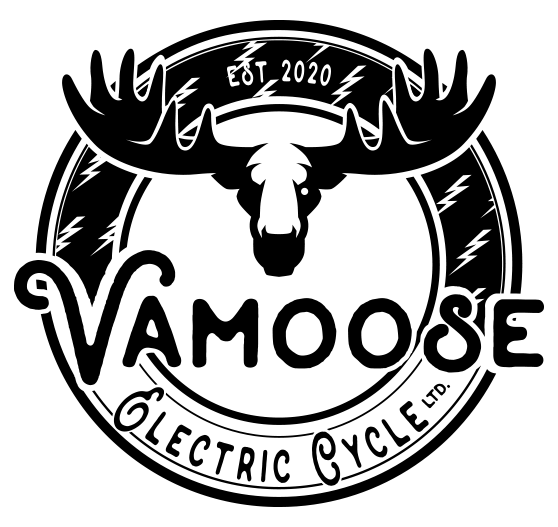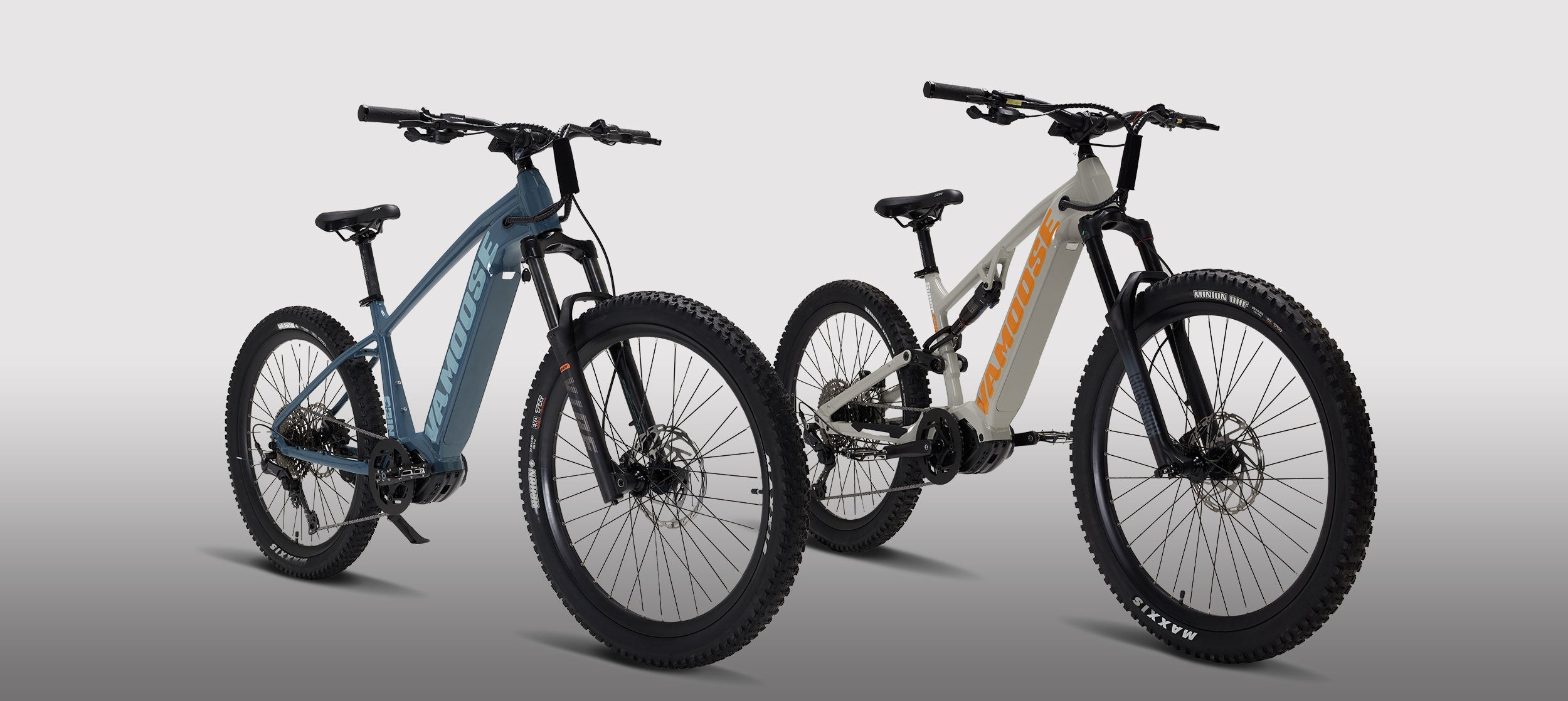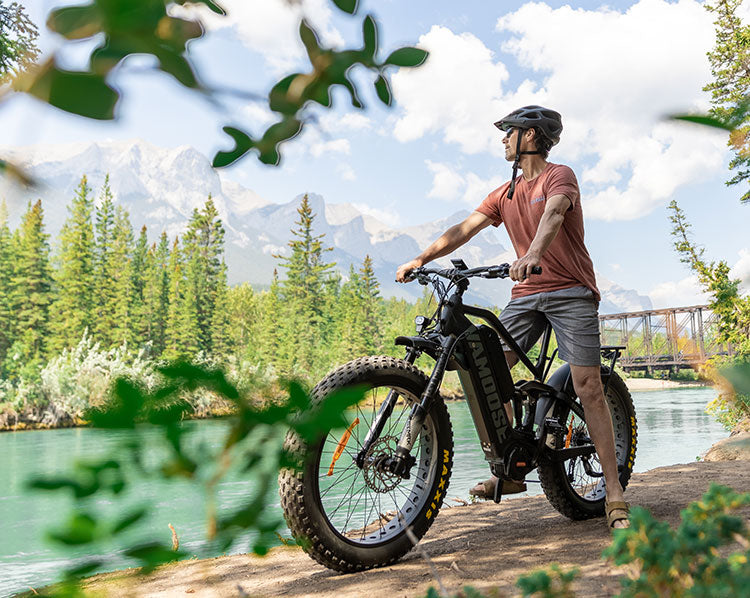Hardtail vs. Full Suspension
Hardtail vs Full-Suspension eMTBs: Which One Is Right for You? Electric mountain bikes (eMTBs) have revolutionized the way we ride, combining pedal power with electric assistance for faster climbs, longer adventures, and more fun on every trail. But when it comes to choosing your next eMTB, one of the biggest decisions is: hardtail or full-suspension?
Both designs have unique strengths and cater to different riding styles. Understanding the differences will help you pick the right bike for your trails, your goals, and your riding style.
What Is a Hardtail eMTB?
A hardtail eMTB has front suspension only, with a rigid rear triangle.
Pros of Hardtail eMTBs
- Lightweight & Efficient: Less suspension means less weight and less energy lost through rear movement, making hardtails more efficient for climbing and pedaling.
- Lower Maintenance: Fewer moving parts = simpler setup and fewer things to maintain.
- Affordability: Hardtails are generally less expensive than full-suspension models.
- Ideal for Cross-Country: Perfect for smoother trails, fire roads, and XC racing where efficiency and speed matter most.
Cons of Hardtail eMTBs
- Less Comfort on Rough Terrain: No rear suspension means bumps and roots are absorbed entirely by the rider.
- Limited Technical Trail Performance: Hardtails are less forgiving on rocky descents, jumps, and technical singletrack.
What Is a Full-Suspension eMTB?
A full-suspension eMTB has both front and rear suspension, allowing the bike to absorb bumps, drops, and rough terrain with ease.
Pros of Full-Suspension eMTBs
- Comfort & Control: Dual suspension smooths out rough trails, reducing rider fatigue and allowing better handling at higher speeds.
- Technical Trail Mastery: Ideal for rocky, rooty, and unpredictable trails where traction and stability are critical.
- Confidence Boosting: The bike tracks better over obstacles, helping riders tackle more aggressive terrain.
Cons of Full-Suspension eMTBs
- Higher Cost: More complex design usually comes with a higher price tag.
- Weight: Added suspension adds weight, which can slightly reduce climbing efficiency compared to a hardtail.
- Maintenance: More moving parts mean more maintenance and occasional servicing of shocks.
Choosing the Right eMTB for You
Your choice depends on riding style, terrain, and personal preference:
| Feature | Hardtail | Full-Suspension |
|---|---|---|
| Weight | Lighter | Heavier |
| Price | Lower | Higher |
| Trail Comfort | Moderate | Excellent |
| Climbing Efficiency | High | Moderate |
| Technical Trail Performance | Limited | Excellent |
| Maintenance | Low | Higher |
When to Choose a Hardtail
- You ride mostly smoother trails or fire roads.
- You value climbing efficiency and lighter weight.
- You want a simpler, lower-maintenance bike.
- You’re budget-conscious but still want eMTB power.
When to Choose a Full-Suspension
- You tackle technical, rocky, or root-filled trails.
- Comfort, stability, and control are top priorities.
- You ride aggressively and want confidence on descents.
- You don’t mind investing a bit more for performance.
Final Thoughts
There’s no wrong choice — both hardtail and full-suspension eMTBs bring the thrill of electric mountain biking to your ride. The key is matching the bike to your terrain, riding style, and priorities.
- Hardtails: Fast, efficient, and simple — ideal for smoother trails and XC riders.
- Full-suspension: Comfortable, capable, and confidence-boosting — perfect for technical terrain and aggressive riders.
With Vamoose, whatever your choice, you get high-quality eMTBs built for adventure, backed by our commitment to innovation, support, and performance.
TORO
(Hardtail)

- Suspension: Front only
- Motor: 500W BAFANG M430
- Torque: 140 Nm
- Weight: ~24 kg
- Best for: XC, smooth trails, efficient climbing
MATADOR
(Full-Suspension)

- Suspension: Front (RockShox 160mm travel) + Rear
- Motor: 500W BAFANG M430
- Torque: 140 Nm
- Weight: ~27 kg
- Best for: Technical trails, descents, comfort & control







